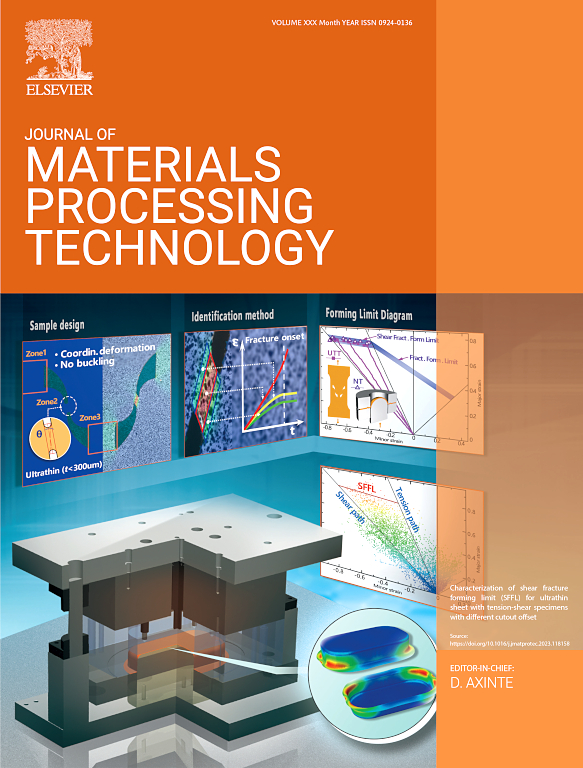Review of grinding temperature theory and measurement for the needs of the times: Promoting the development of advanced manufacturing
IF 6.7
2区 材料科学
Q1 ENGINEERING, INDUSTRIAL
Journal of Materials Processing Technology
Pub Date : 2025-01-25
DOI:10.1016/j.jmatprotec.2025.118744
引用次数: 0
Abstract
Green and intelligent manufacturing has become a key development trend in the industrial sector. Grinding as a widely used machining process, advancing towards greener and smarter practices. Grinding generates significant heat, which critically affects the processed material. Therefore, accurately measuring and controlling the grinding temperature has become increasingly important. Various principles and numerous grinding temperature models have been proposed to address this challenge. This review provides a comprehensive analysis of the development of grinding temperature measurement technologies, tracing their evolution from traditional methods to modern techniques, and from foundational principles to practical applications. It elaborates on diverse measurement methods, including direct and indirect techniques, and compares these methods in terms of measurement accuracy, response speed, application scope, and operational complexity. The advantages and limitations of each technology are highlighted. Additionally, the key factors influencing the accuracy of grinding temperature measurements are discussed, along with strategies to address the shortcomings of existing methods through technological innovation. This review consolidates existing research and proposes directions for future advancements in grinding temperature measurement technologies to support intelligent manufacturing and high-performance manufacturing.
求助全文
约1分钟内获得全文
求助全文
来源期刊

Journal of Materials Processing Technology
工程技术-材料科学:综合
CiteScore
12.60
自引率
4.80%
发文量
403
审稿时长
29 days
期刊介绍:
The Journal of Materials Processing Technology covers the processing techniques used in manufacturing components from metals and other materials. The journal aims to publish full research papers of original, significant and rigorous work and so to contribute to increased production efficiency and improved component performance.
Areas of interest to the journal include:
• Casting, forming and machining
• Additive processing and joining technologies
• The evolution of material properties under the specific conditions met in manufacturing processes
• Surface engineering when it relates specifically to a manufacturing process
• Design and behavior of equipment and tools.
 求助内容:
求助内容: 应助结果提醒方式:
应助结果提醒方式:


